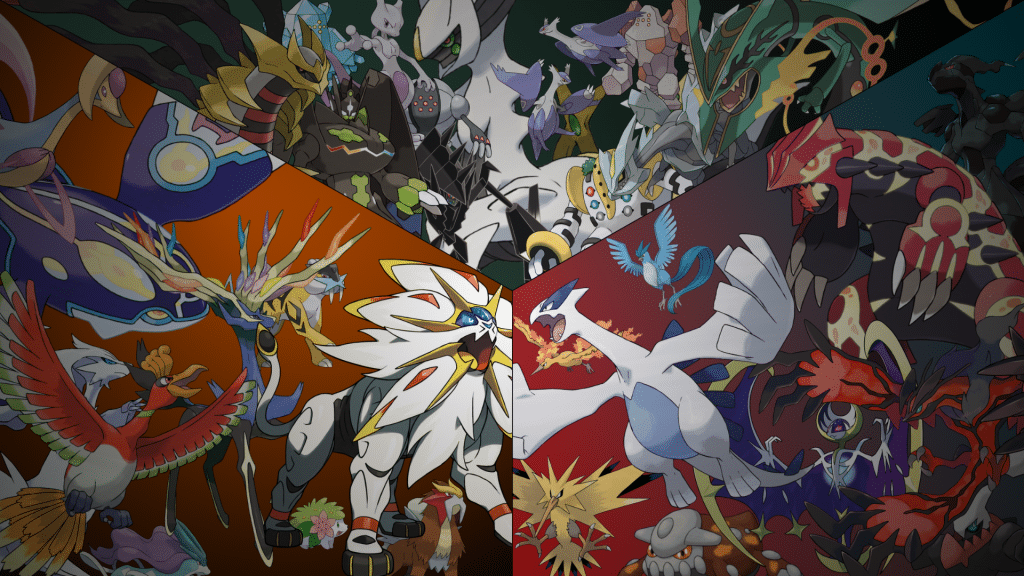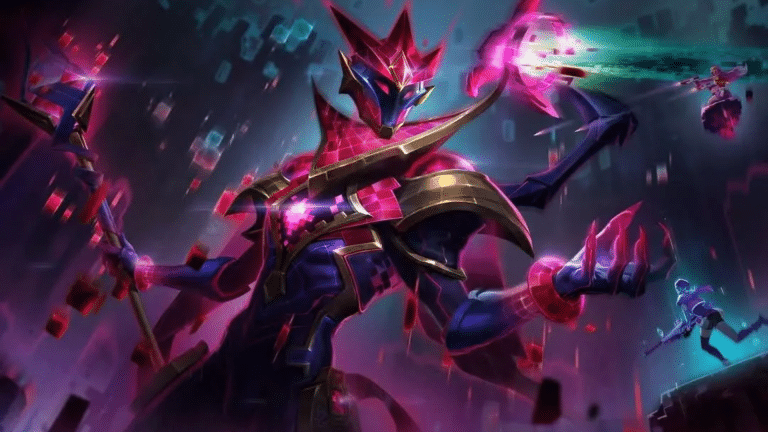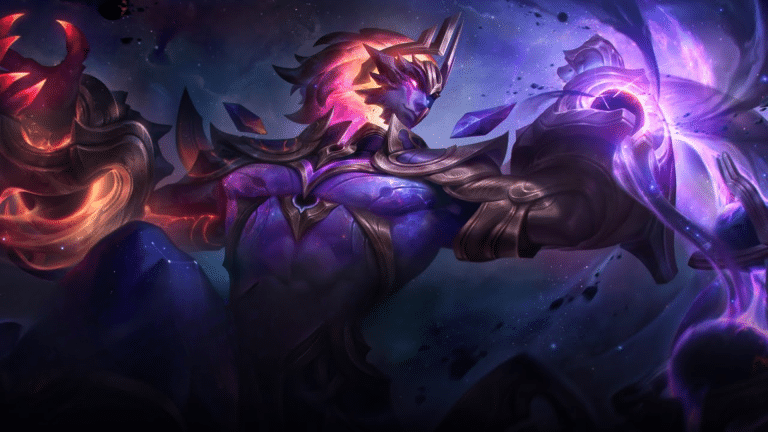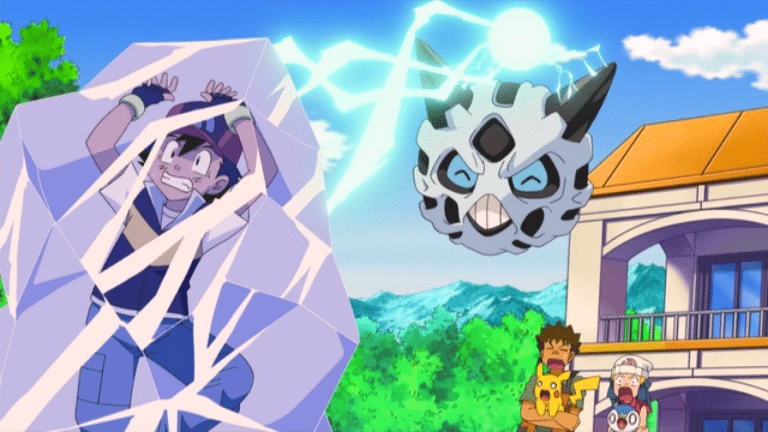I still remember when I first saw a Legendary Pokémon on my Game Boy screen. I was sitting cross-legged on the floor, trying to catch Zapdos in the Power Plant.
The music was tense, my Poké Balls kept failing, and I was convinced this bird was unbeatable. That was my first taste of what makes Legendaries special. They feel rare, powerful, and just out of reach.
But how many Legendary Pokémon are there now? With new ones added each game, it’s tough to keep track.
In this article, I’ll break them down by generation, explain how the count has grown over time, and highlight the differences in how sources categorize them.
By the end, you’ll have a clear picture of the full Legendary timeline.
Legendary Pokémon by Generation
Each generation introduced a set of Legendary Pokémon. Some were trios, some were duos, and others stood alone.
They also came with new mechanics, such as alternate forms and evolutions in later generations. I’ve added a quick breakdown for you below:
| Generation | Count Added | Cumulative Total | Standout Examples |
|---|---|---|---|
| Gen I | 5 | 5 | Articuno, Zapdos, Moltres, Mewtwo |
| Gen II | 5 | 10 | Lugia, Ho-Oh, Suicune |
| Gen III | 8 | 18 | Kyogre, Groudon, Rayquaza, Latios |
| Gen IV | 12 | 30 | Dialga, Palkia, Giratina, Heatran |
| Gen V | 13 | 43 | Reshiram, Zekrom, Kyurem, Landorus |
| Gen VI | 3 | 46 | Xerneas, Yveltal, Zygarde |
| Gen VII | 11+ | 57+ | Solgaleo, Lunala, Necrozma, Tapu Koko |
| Gen VIII | 12 | 69+ | Zacian, Zamazenta, Eternatus, Calyrex |
| Gen IX | ~6–8 | Low 70s | Koraidon, Miraidon, Terapagos |
Articuno was not just part of the bird trio but also one of the earliest Ice-types in the series. Ice has always been a rarer type in Pokémon, and I’ve shown it in more detail in Is Ice the Rarest Pokémon Type? Data & Examples Today.
Bulbapedia counts 71 Legendaries; Wargamer matches this but separates 23 Mythicals.
Serebii shows a higher total of 81 by Generation VII, which happens because some sources count alternate forms or certain Pokémon differently.
What Makes Mythical Pokémon Different?
When people talk about Legendary Pokémon, Mythicals often get mixed in. They share the same rare status but aren’t quite the same.
Mythical Pokémon are usually event-exclusive, meaning you can’t find them through normal gameplay. Examples include Mew, Celebi, Jirachi, and Darkrai.
Because of this, many sources separate them from the Legendary count.
This distinction matters when looking at totals. If you include Mythicals, the number jumps by more than twenty. If you don’t, the safer total sits around seventy.
Separating the groups avoids confusion, but Mythicals still hold major roles with special lore and powers.
Shifts in Legendary Pokémon Over Time
Legendaries didn’t just grow in number. Their role and themes also shifted from simple elemental powers to deeper lore and mechanics.
| Generation | Main Shift | Examples |
|---|---|---|
| Gen I & II | Small groups, basic elemental lore | Birds, beasts, Lugia, Ho-Oh |
| Gen III | Weather and puzzle quests | Kyogre, Groudon, Rayquaza, Regis |
| Gen IV | Mythology of time, space, antimatter | Dialga, Palkia, Giratina |
| Gen V | Trios and balance themes | Reshiram, Zekrom, Kyurem, Swords of Justice |
| Gen VI | Life and destruction themes | Xerneas, Yveltal, Zygarde |
| Gen VII | Evolution-linked and guardians | Cosmog line, Tapus, Necrozma |
| Gen VIII | Regional twists, martial arts feel | Zacian, Zamazenta, Eternatus, Kubfu |
| Gen IX | Folklore and new battle mechanics | Treasures of Ruin, Koraidon, Miraidon |
Over time, Legendary Pokémon shifted from simple icons to central parts of each generation’s story.
Notable Mechanics and Lore Milestones
Over the years, Legendary Pokémon haven’t just increased in number. They’ve also gained new traits and rules that set them apart from earlier generations.
Each step added more depth to how players see and use them.
- Gender: Starting in Gen III, some Legendary Pokémon actually had gender, like Latios and Latias.
- Breeding: Gen IV introduced Manaphy and Phione. Manaphy is mythical, but it’s the only one that can breed to make Phione.
- Evolution: Gen VII broke the old rule that Legendaries don’t evolve. Cosmog evolves into Cosmoem, which then evolves into Solgaleo or Lunala. Type: Null also evolves into Silvally.
- Forms: Rayquaza’s Mega Evolution and Giratina’s Origin Forme gave Legendaries more variety.
- Categories: Recent games like Scarlet and Violet separate Sub-Legendaries, Mythicals, and Ultra Beasts into clearer groups.
These changes show how the idea of a Legendary Pokémon has grown more flexible over time.
Why the Numbers Vary Across Sources?
If you’ve looked this up before, you may have noticed that different sites give different totals.
That’s because the definition of “Legendary” isn’t always the same. Some sources only count strict Legendaries, while others include Mythical Pokémon in the total.
This alone can shift the number by more than twenty. Ultra Beasts add more confusion.
Some fans and guides treat them as Legendaries, while others list them as their own group. Forms and evolutions also blur the lines.
Pokémon like Silvally or the Galarian bird trio get counted differently depending on the source.
Finally, the cutoff matters. Older lists stop before Generation IX. The safest number today is about 71, though it rises into the 80s if everything is included.
Conclusion
When I first looked into this, I thought the answer would be simple. But Legendary Pokémon don’t work that way. The number has grown with each generation, and the exact total depends on what you choose to count.
Some lists stick to strict Legendaries, while others add Mythicals or Ultra Beasts.
That’s why the totals don’t always match. What’s clear is that the journey goes from just a few icons in the early games to more than seventy today. Each wave adds new themes, mechanics, and lore.
If you came here asking how many Legendary Pokémon there are, you now have the context to understand the counts and decide which number makes the most sense.







